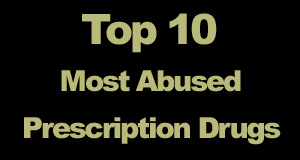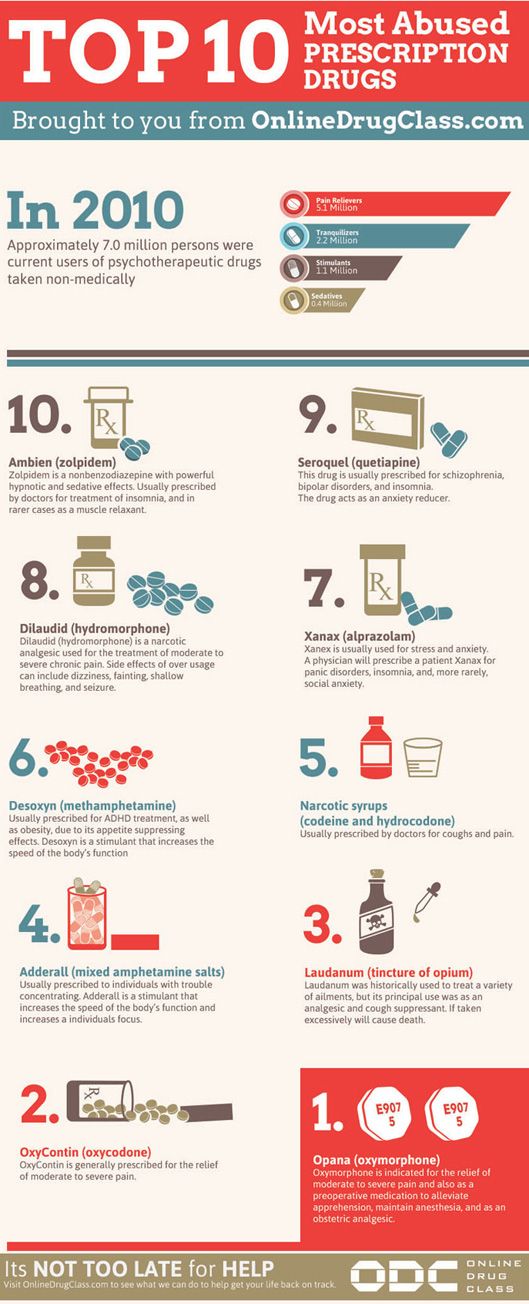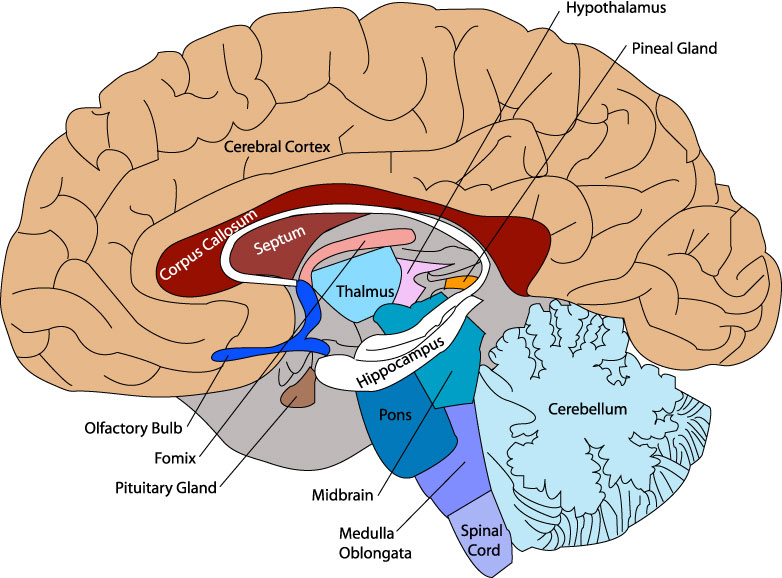Prescription medications start out as a legal, yet necessary way to relieve pain, stress, depression, or a host of other disorders. But somewhere along the way, they can lead to prescription drug abuse for a variety of reasons, and the number of abused patients is climbing every year.
 According to the National Institute on Drug Abuse (NIH), prescription drug abuse can be simply defined as taking a prescribed medication in a way that is different from what was prescribed by a doctor. This can include taking medications that were prescribed for another person, taking too much, taking it for the wrong reasons, or taking it for the purpose of getting high.
According to the National Institute on Drug Abuse (NIH), prescription drug abuse can be simply defined as taking a prescribed medication in a way that is different from what was prescribed by a doctor. This can include taking medications that were prescribed for another person, taking too much, taking it for the wrong reasons, or taking it for the purpose of getting high.
Research on the WhiteHouse.gov website shows that prescription drugs are the second most abused type of drugs by young people, behind marijuana.
The numbers also show that from 1999 to 2007, drug induced deaths were second only to motor vehicle fatalities.
While there are numerous causes and risks associated with abusing medications, many people don’t start taking prescriptions with the intent of abusing them. Prescriptions are legally prescribed by a medical doctor to treat symp- toms. Most of the time they serve their intended purpose, but after prolonged use, they can be abused, and in turn, lead to addiction.
The infographic below by Online Drug Class shows the Top 10 Most Abused Prescription Medications in the United States in 2010.
The list shows in order from most abused, the following prescription medications:
1. Oxymorphone
2. OxyContin
3. Tincture of Opium
4. Adderall
5. Narcotic Syrup
6. Methamphetamine
7. Xanax
8. Dilaudid
9. Seroquel
10. Ambien
This list only shows ten of the most prescribed drugs that are abused. Some of the drugs mentioned may go by other names, and some have other uses than mentioned on the infographic.
Nevertheless, the problem of prescription drug abuse isn’t going away, and most research suggests that the problem is growing across all age groups.
For anyone taking any prescribed medications, it’s important to use them only under the conditions prescribed by a doctor. Never let anyone else use your medications, and keep an open line of communication with your doctor about any side effects, or if they aren’t working any more as prescribed.
It’s ultimately up to the user to monitor all drug intake and pay attention to how well each drug is working. Addiction isn’t something that only happens to people in back alleys. It happens to people from all walks of life and under all conditions.





